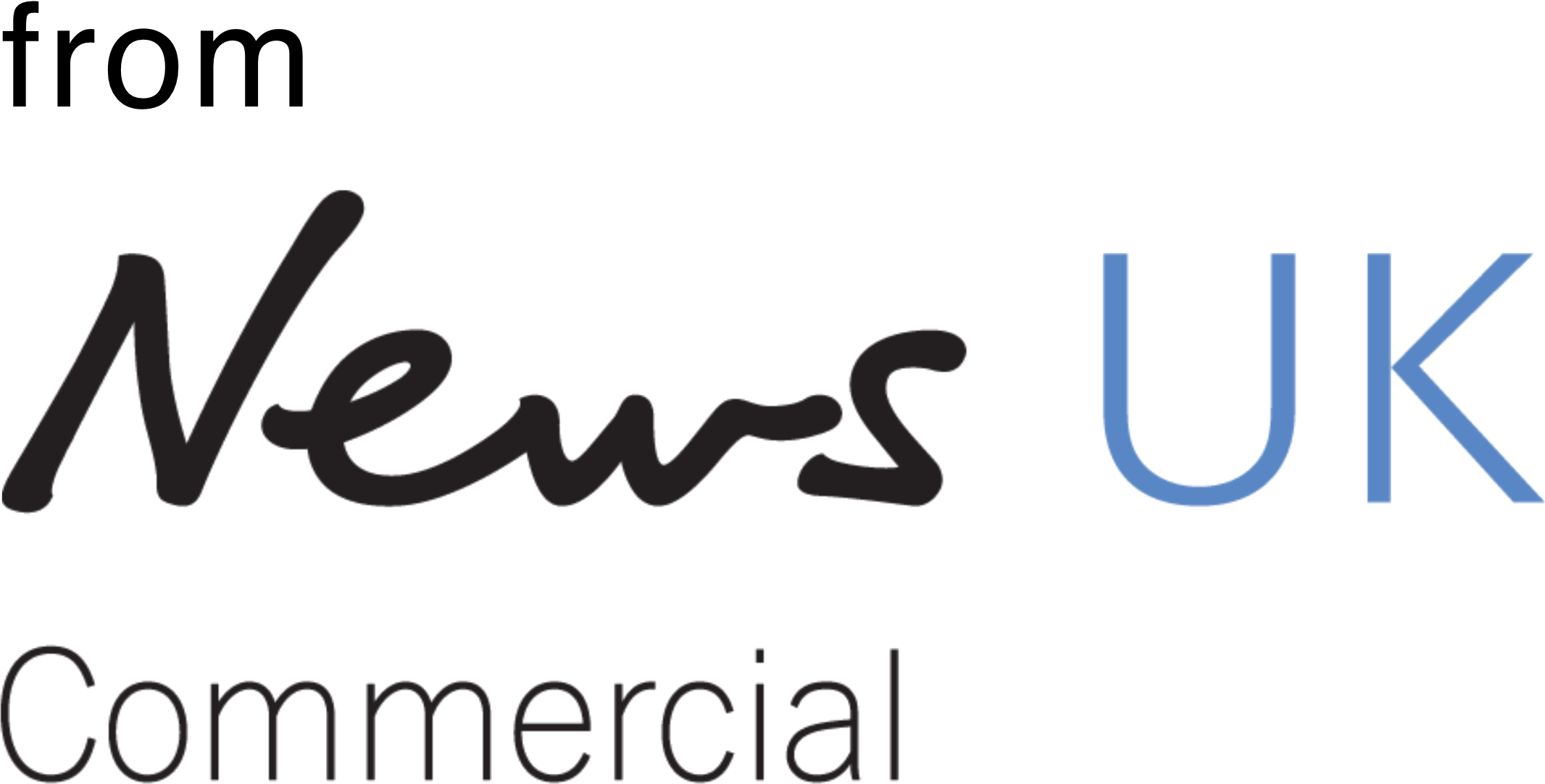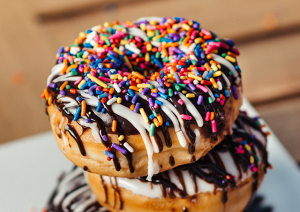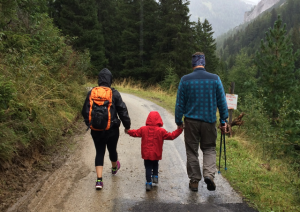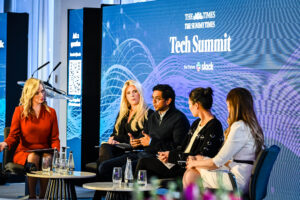We like structure. We like rhythm. It helps manage and minimise uncertainty.
As children, routine gives us a feeling of safety. As adults, it gives us a feeling of purpose. We’re guided by the lunar rhythms, our moods are influenced by the seasons and we create idiosyncratic patterns across days, weeks, months, and years. Imagine if every day, week, and year was a completely blank piece of paper. Chaos!
As marketeers we must understand this rhythm. How our brands fit into family life. How our activity can influence behaviour. To understand the context and the cohesion.
- We plan around dinner time and the weekly grocery shop.
- We build schedules around the morning school run and the commute home.
- We run our playful Easter promotions and tear-inducing Christmas campaigns every year, without fail.
Although on 23rd March 2020, chaos arrived. Rhythm went awry and patterns were spoilt. Our daily, weekly, monthly, and now yearly habits and routine addled and broken at first were soon reshaped and reinvented. Some of this change will fade away, some will stick. But which critical areas of rhythm will provide the biggest opportunity for brands?
The structural certainty of education
"The start of a school year is more like that [in terms of a fresh start] rather than the actual calendar year."
Claire, Qual Interview
For most British families, school is the most important external influence on dictating the rhythm of life. It creates a consistent structure for 10+ years. With a degree of certainty, families know the school year will play out in a consistent pattern year in, year out. With the predictable term times providing more manageable ‘chunks’ to plan more specific and personal schedules around.
Families see the start of a school year as having far more significance to them
than the start of a new calendar year. September is for many people the reset moment, not January.
We experienced when the lockdowns ended, just how important school life is for the whole of society. It demonstrates normal life and is a signal for people with or without children of their own, and with or without children at school. The patterns of the school calendar have wider effects beyond school age children – and go deeper than just trying to book a summer holiday.
For brands targeting families this may seem relatively obvious. But it provides a huge opportunity to drive incremental growth. We know breaking purchase habits and behaviour are far more likely to occur around important life events, changes in life stage and moments of reflection, in some categories up to three times more likely.
Out with the old (roles), in with the new
“The children have taken on more responsibility: reducing reliance on me to organise them, making meals for family, buying their own toiletries and clothes.”
Times Reader, News UK Family research
In 2021 Q1, 49% of employees in the UK were working from home at least once a week. Whichever side of the debate you fall on, most people see a hybrid future beyond Covid-19. For family life, this means many daily and weekly schedules have been through significant change. In many circumstances, families have benefitted from the greater flexibility. Hybrid work will continue to facilitate a more varied and balanced routine than before. Work will fit around their life as much as life has to fit around their work.
News UK’s family research project showed 56% of families have become closer since the start of the pandemic, and more than a third now making more decisions as a family unit than they were before. Across the family we have seen roles and responsibilities being shared out in new and interesting ways. Dads taking on a more active role in doing housework and childcare. Mums leading the weekly family workout, and kids getting creative in the kitchen.
There is a real threat that we will fall back in line with outdated stereotypes. That we will revert to old roles and habits. But in the tailwinds of good intentions and new behaviour, brands can play an important role as champions of change. Whether through overt messaging and campaigning, e.g. Ariel’s “Share the Load” campaign in India. Or through innovative product design, such as easy to use meal kits like Gousto enabling kids to lead the charge at dinner time. We should be encouraging a more progressive, evenly distributed and undoubtably possible new normal.
There has been so much change to daily family life. And whilst we go through this interesting period of blended life, merging new traditions, roles and schedules into more familiar patterns, brands can be an important voice in leading the conversation and behaviours we want to make a part of the new normal.
Making memories
Due to the perceived destruction of certain industries during Covid-19, parents have been encouraging their teenagers to seek courses that will guide them to a more stable future. Rational choices are shifting away from creative and service sector and more towards the business sector, with the ability to work from home at the forefront of decisions.
“It’s about the memories and doing things…about relationships and spending time with people and family.”
Claire, Qual Interview
Perhaps the most interesting area for brands may be when we investigate between the wide and narrow. Here we get to understand the nuances and differences in cultures and communities that make up modern Britain.
Over the last 30 years we have been going through a big change in society. In 1990 61% of the British adult population identified as being Christian. By 2018, that figure was down to 38% and falling year on year. Both non-religious (36% to 52%) and non-Christian (3% to 9%) have grown in significance as cohorts in British society.
Alongside this shift into a more culturally rich and diverse nation, moments of celebration, joy and happiness are increasing in number too. Different communities have different rhythms, dictated by the families that live within them. In May, fireworks for Eid will light up the skies of Bradford. In November, Leicester will be awash with light and colour to celebrate Diwali, closely followed by the eight days of gift giving for Hannukah in Barnet, North London.
At a broader scale Christmas and Easter are still important moments, as they align to school holidays, usefully chunking down the year and forming an overarching societal structure. But when you speak to families, the reason why these times are important to them are not really because of religious significance. These moments are talked about in the same breath as summer camping trips, watching live sporting events such as Wimbledon and Nan and Grandad’s birthday celebrations.
They are the moments that families cherish. They help form a Memory Bank of Happiness. Especially important in more challenging times, where families can dip into the bank and see positive times ahead. Many brands have found success attaching themselves to the ‘traditional’ celebratory moments in our families lives. But they are cluttered, busy, and difficult to cut through. Identifying more ownable moments, through interests, events, partners, and passion points can give brands a way to build stronger relationships with their audiences, and competitive advantage over the rest of the category.
The perceptions and associations that families, and the communities they are a part of, continue to prioritise those memory inducing moments. Successful brands have always built strong ‘mental availability’, meaning they are memorable and salient. Brands who want to strengthen that mental availability, build positive associations and memory structures, and perhaps gain a place in the Memory Bank of Happiness, should look beyond the obvious and expand their own cultural calendars to be reflective of the communities and audiences they serve.
The rhythm of family life is complicated. Some of it is predictable and structured. Some of it is messy and manic. But it has never been more interesting than right now. The short-term shock of a global pandemic, combined with the long-term changing face of Britain made up of many diverse communities and cultures. For brands this creates a bounty of opportunity. To create relevant communications, experiences, products, and services that help navigate this new landscape. To break free from category norms and challenge last year’s marketing plan. In search of interesting ways to grow.
What does this all mean for brands?
1. Hijack the fresh start
Targeting families at the start of a new school year can provide competitive advantage for brands aiming to drive switching to their product or service. For FMCG brands such as Danone, launching a new SKU, and trying to switch consumers from the competitor brand and product, September could be a highly fruitful time.
2. Be a champion of change
Help support and showcase the new norms rather than revert to old stereotypes. A supermarket brand could target this family audience with meal ideas and inspiration aimed at kids rather than mums. An automotive brand could champion equality amongst parents by showing a Mum and Dad fighting over the keys in the morning to do the school run (and enjoying the drive in the process).
3. Get to know your audience
Interrogate the communities that lie within. Identify the opportunities to connect with them. Share and celebrate the moments that matter. Re-look and review your marketing calendar. Consider how your brand can play a role in a more diverse set of celebratory moments. For kids toy brands such as L.O.L Surprise! Hannukah and Diwali provide additional gifting opportunities alongside Christmas.









